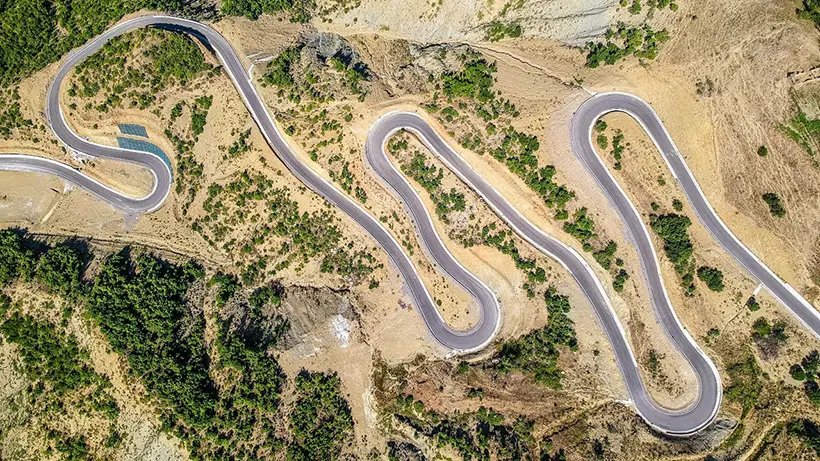Planning a road trip or renting a car for your next adventure in Albania? Whether you’re navigating city streets in Tirana or exploring the stunning coastline, knowing what to expect on the roads is essential. This guide offers key tips, driving rules in Albania, and useful insights to help first-time visitors enjoy a smooth driving experience.
Basic driving rules in Albania
If you’re renting a car and planning to drive in Albania, here are the essential road rules you need to know:
- Drive on the right-hand side of the road.
- Seat belts are mandatory for all passengers.
- Using a mobile phone while driving is prohibited, unless you use a hands-free device.
- Children under 12 must sit in the back seat.
- Alcohol limit: 0.01% BAC. It’s best to avoid drinking entirely if you plan to drive.
Foreign visitors can drive in Albania with a valid driver’s license from their home country. An International Driving Permit (IDP) is recommended but not strictly required for EU and U.S. citizens.
Speed limits in Albania
Make sure to respect the speed limits, as speed cameras and police checks are common.
- Urban areas: 40 km/h
- Main roads and highways: 80–90 km/h
- Motorways (where applicable): 110–120 km/h
Always check for posted signs, especially when exiting towns or entering rural roads.
Road conditions and infrastructure
Albania has seen major improvements in road infrastructure in recent years, but road conditions can vary:
- Main highways and roads connecting major cities like Tirana, Durrës, and Shkodër are generally in good condition.
- Rural roads, especially in mountainous regions or the south, may be narrow, poorly paved, or lack guardrails.
- Potholes, sudden speed bumps, and animals on the road are common outside cities.
Drive cautiously, especially at night when roads may be poorly lit and signage limited.
Road signage
Albanian road signs mostly follow European standards:
- Speed and warning signs are easily recognizable.
- Language: Most signs are in Albanian, with major highways also including English or international symbols.
- Traffic lights are standard but may not be strictly followed by all drivers, especially in busy intersections.
Tolls and fuel types
There are very few toll roads in Albania. The main toll point is the A1 motorway (Rruga e Kombit), which connects Durrës to Kukës and continues toward Kosovo.
- Toll payment: Payable in cash or with local cards.
- Fuel types: Diesel and unleaded petrol are widely available. LPG is also an option in some areas.
- Fuel stations are common in cities and along main routes, though they may be scarce in rural areas.
Driving culture and local tips
Albanian drivers can be assertive. Here are some useful local tips:
- Don’t assume other drivers will follow the rules — stay alert and drive defensively.
- Flashing headlights often means “I’m coming through” rather than a polite yield.
- Roundabouts: Traffic entering the roundabout may not always yield to cars already inside, even though that’s the rule.
Renting a car in Albania
If you’re planning to drive, the best way to explore Albania is by renting a car. Whether you need a compact city car or a reliable SUV, companies like TIRental offer well-maintained vehicles with pickup options in Tirana, the airport, and other major cities.
Not sure where to start? Check out our guide on how to rent a car in Albania to get everything you need to know about requirements, insurance, and booking.
Final thoughts
Driving in Albania gives you the freedom to explore the country on your terms — from the Albanian Alps to the beaches of the Ionian Sea. By knowing the rules and preparing for local road conditions, you’ll have a safe and memorable journey.
Start planning your trip at our home page or explore more travel tips and car rental guides on our blog.
